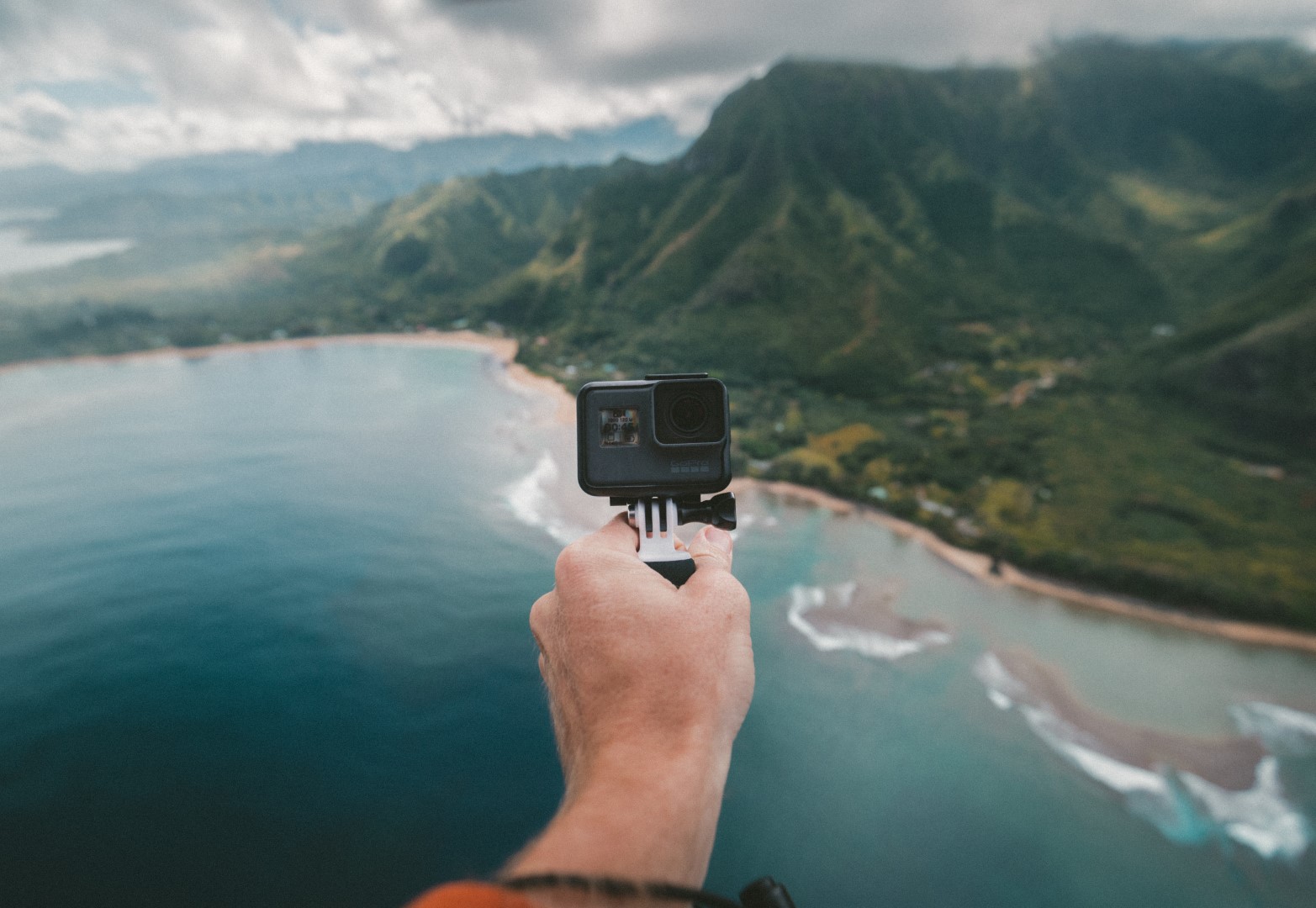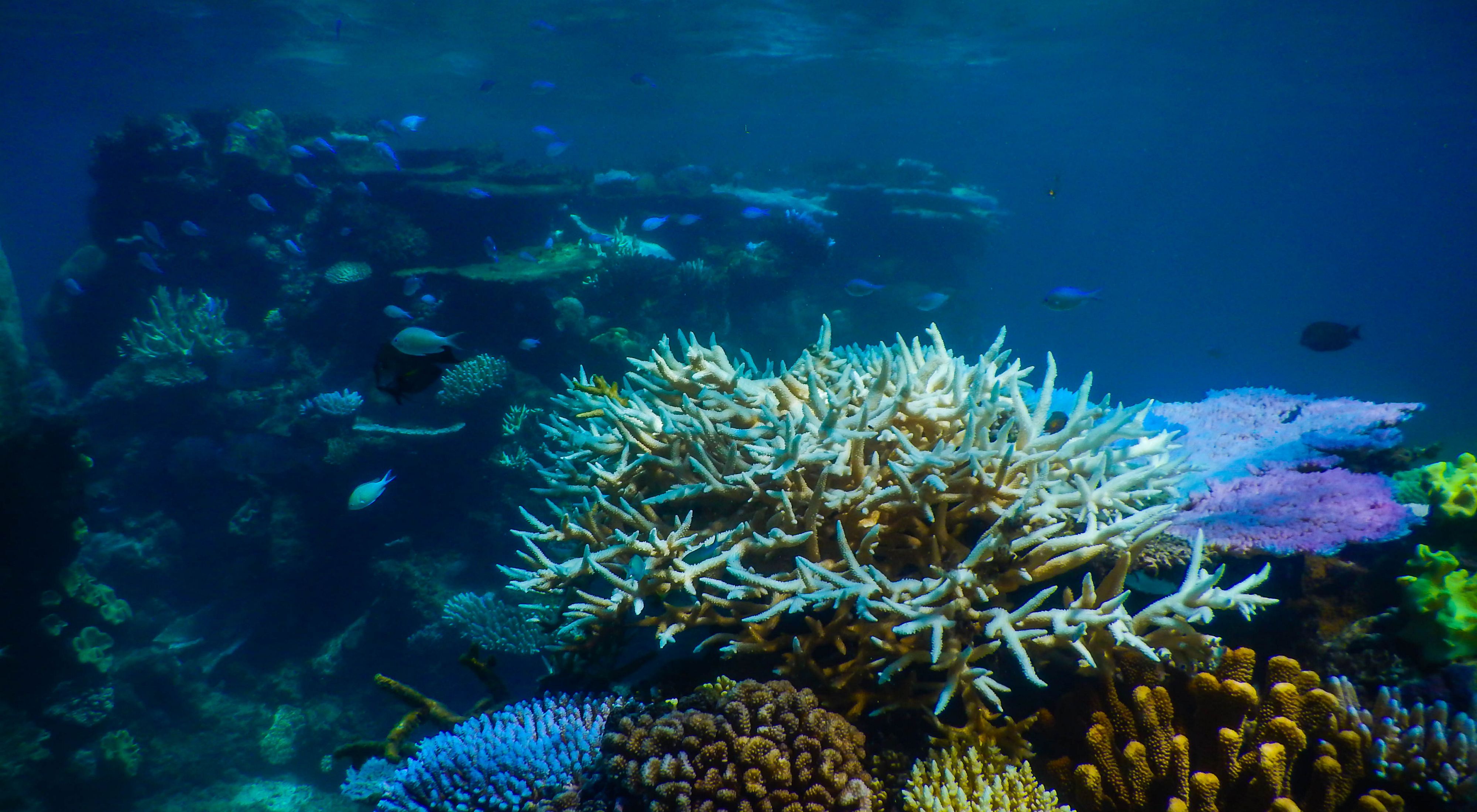Travel videography is the art of creating visually stunning and engaging videos to document your travel experiences. The purpose of creating a travel video is to capture the memories and emotions of your trip, to share them with others and to inspire others to travel. The benefits of creating a travel video are numerous, including the opportunity to relive the memories, to showcase your creative skills, and to inspire others to travel.
Making a travel video from scratch can seem overwhelming, but it is a fun and rewarding process that anyone can learn with practice. From pre-production planning to post-production and promotion, we will provide tips and techniques to help you create a high-quality travel video. So, grab your camera, pack your bags, and let’s get started!
Table of Contents
Pre-Production Planning
The first step in making a travel video is to set your goals and objectives. This will help you to focus on what you want to achieve with your video and ensure that you have a clear direction. Some common goals for travel videos include showcasing the destination, telling a story, and capturing the essence of the trip.
Once you have set your goals and objectives, the next step is to choose the right destination and itinerary. Consider factors such as the time of year, accessibility, and the activities that you would like to include in your video. Researching and gathering information about the destination will also help you to plan your itinerary and make the most of your time while shooting.
Deciding on the right equipment and gear is crucial for creating a high-quality travel video. This includes the camera, lenses, stabilizer, microphone, and other accessories. It’s important to choose gear that is suitable for your specific needs, budget, and level of experience.
Finally, preparing a shot list and script is a great way to ensure that you capture all the footage that you need. A shot list is a list of all the shots that you want to include in your video, while a script is a written plan that outlines the narrative and structure of your video. Having a clear plan in place will help you to stay organized and focused while shooting, and will ensure that you capture all the footage that you need.
Production
The production phase is where you will actually capture the footage for your travel video. During your trip, try to capture as much footage as possible, and be creative with your shots. Experiment with different angles, perspectives, and shots to create a visually appealing and engaging video.
Here are some tips for shooting visually appealing and engaging footage:
- Use a stabilizer: A stabilizer can help to reduce camera shake and create smooth and stable footage.
- Pay attention to lighting: Good lighting can make a huge difference in the quality of your footage. Try to shoot during the golden hour, when the light is soft and warm.
- Experiment with different angles: Try to shoot from unique angles, such as overhead shots, low angle shots, and extreme close-ups.
- Capture motion: Motion can add excitement and energy to your travel video. Try to capture people and vehicles moving, as well as panoramic shots of the landscape.
Managing your equipment and storage while shooting can be a challenge, but it’s important to keep your gear safe and organized. Make sure to bring extra batteries and memory cards, and consider using a hard drive or cloud storage to backup your footage.
Handling unexpected challenges while filming is also a part of the production process. From bad weather to unexpected events, there are many things that can go wrong while shooting. The key is to stay flexible and adapt to the situation, and to always have a backup plan in case of emergencies. With a little bit of preparation and foresight, you can handle any challenges that come your way.
Post-Production
The post-production phase is where you will take all the raw footage captured during the production phase and turn it into a polished and engaging travel video. The first step in post-production is to organize and edit your footage. This involves reviewing all of the footage and selecting the best shots to include in your video. An online video editor can be a huge help you can easily create professional-looking videos without any prior video editing experience. Moreover, it will also help you save time by automating most of the video editing process.
Once you have organized your footage, the next step is to choose the right music and sound effects. Music can help to set the tone and mood of your video, while sound effects can add depth and realism. Choose music and sound effects that complement the footage and enhance the overall experience for the viewer.
Adding captions and titles is another important step in post-production. Captions and titles can help to clarify the narrative, provide context, and introduce the different locations and experiences.

Finally, finalizing the color correction and grading is the last step in post-production. This involves adjusting the brightness, contrast, saturation, and hue of the footage to create a consistent and visually appealing look throughout the video. Color correction and grading can help to bring the footage to life and create a professional-looking travel video.
Promotion and Distribution
Once you have completed your travel video, the next step is to promote and distribute it to reach your target audience. Sharing your travel video on social media platforms is a great way to reach a large and engaged audience. Platforms such as Facebook, Instagram, and Twitter are perfect for sharing short clips and teasers, while platforms such as YouTube and Vimeo are ideal for longer, more in-depth videos.
Creating a YouTube channel and uploading your video is a great way to reach a wider audience and build a following. You can optimize your video for search and encourage people to subscribe to your channel to stay up to date with your latest videos.
Maximizing your reach through online communities and travel forums is another way to promote your travel video. Join forums related to travel and videography, and share your video with the community. You can also collaborate with other travel bloggers and videographers to reach a wider audience.
Exploring other distribution channels such as TV and DVD is also a great way to reach a wider audience. You can approach TV networks and production companies to see if they are interested in airing your video, or you can distribute your video on DVD or Blu-ray. These channels can reach a wider and more diverse audience, and can help you to build a following and establish your brand as a travel videographer.
Conclusion
Creating a travel video from scratch requires careful planning, preparation, and execution. The final product of your hard work will be a polished and engaging travel video that showcases your unique experiences and perspectives. The future prospects of travel videography are bright, as people continue to be fascinated by travel and the world around them.
We encourage you to continue practicing and exploring new techniques in travel videography. The more you practice, the better you will become, and the more you will be able to tell compelling stories through your travel videos. So, grab your camera, hit the road, and start creating!




